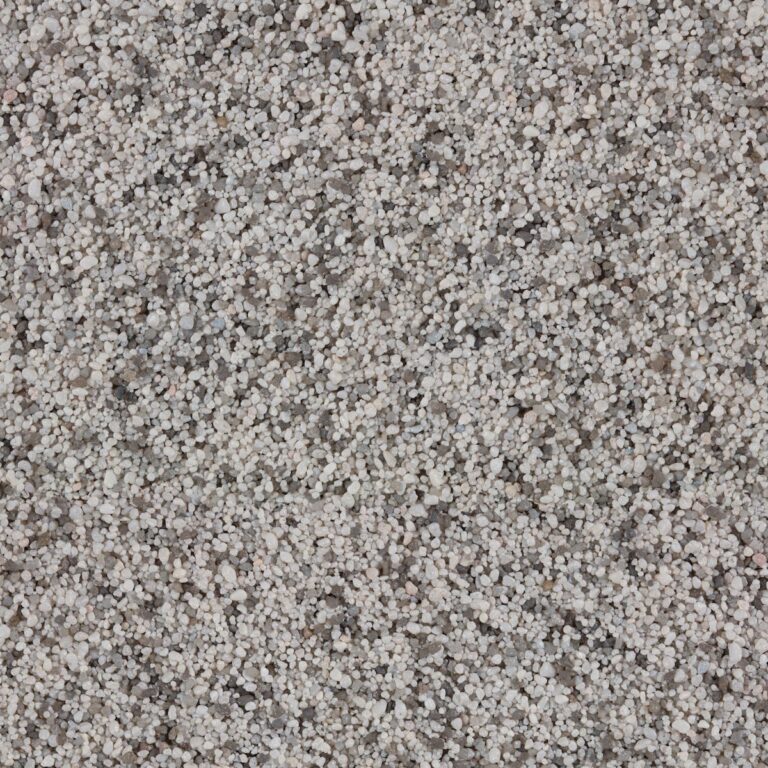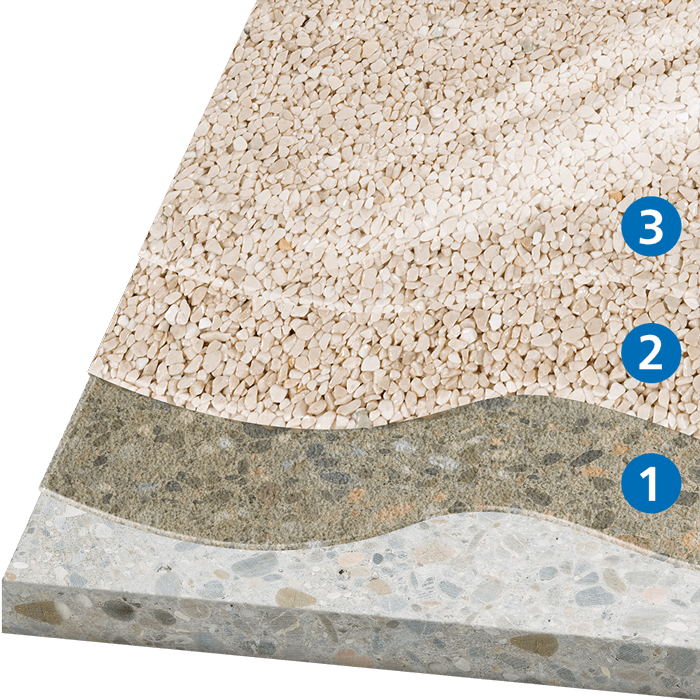How to Dry Wet Car Carpet Quickly and Effectively in 5 Easy Steps
When your car carpet gets wet, whether from rain, spilled water, or even a faulty air conditioning system, it’s important to act quickly. A wet car carpet can lead to unpleasant odors, mold, and even damage to your car’s interior. So, how to dry wet car carpet efficiently and effectively becomes a major concern. In this article, we’ll guide you through the best methods to dry your car’s carpet without causing further damage.
Why It’s Important to Dry Wet Car Carpet Quickly
Drying wet carpets in your car isn’t just about keeping the car looking good. It’s also about preventing the growth of mold and mildew. If left unattended, the moisture can seep deep into the carpet fibers and the padding underneath, creating a perfect breeding ground for bacteria and fungi. Not only does this lead to unpleasant odors, but it can also compromise the structural integrity of the carpet.
Furthermore, if water gets trapped for too long, it could damage other parts of your vehicle, including the electrical systems and the upholstery. Taking swift action will save you time, money, and frustration.
Step 1: Remove Excess Water
The first thing you need to do is remove as much water as possible from the carpet. You don’t want the moisture to sit and soak in deeper, so it’s essential to act fast.
Use a Wet/Dry Vacuum
A wet/dry vacuum is a game-changer when it comes to drying wet car carpets. This tool is specifically designed to suck up water from carpets, mats, and upholstery. It’s one of the quickest and most effective ways to remove large amounts of moisture. If you don’t have one, you can rent one from a hardware store.
Use Towels or Rags
If you don’t have access to a wet/dry vacuum, the next best option is to use towels. Towels or old rags are great for blotting and soaking up excess water. Press down firmly on the carpet to absorb the moisture. Be prepared to use several towels as you go, and keep swapping them out for dry ones.
Step 2: Allow Air Circulation
Once you’ve removed as much water as possible, the next step is to focus on increasing air circulation inside your car.
Open the Doors and Windows
A simple but effective method is to open all the doors and windows of your car to allow for maximum airflow. If you’re in a dry area, leaving your car parked in the sun will help speed up the drying process. However, be mindful that prolonged exposure to direct sunlight can sometimes cause fading or cracking on the interior, so try to balance exposure.
Use Fans to Improve Airflow
If the weather outside isn’t ideal, you can use fans to help dry out the carpet. Position the fans so that they blow air directly onto the wet carpet. If you can, use more than one fan for faster results. You can even try placing a fan inside the car while leaving the doors open to ensure optimal air circulation.
Use a Dehumidifier
If you’re in a particularly humid area, a dehumidifier can be an excellent tool for removing moisture. Place the dehumidifier inside your car with the windows and doors closed. It will draw moisture from the air, making the drying process much quicker and more effective.
Step 3: Drying the Carpet with Heat
While using fans and dehumidifiers is essential for promoting airflow, sometimes heat can help speed up the drying process.
Use the Car’s Heater
The heater in your car can work wonders in drying the carpet. Set the heater to its highest setting and direct the airflow towards the wet carpet. Keep the car doors open to prevent the buildup of humidity inside the cabin.
Avoid Direct Heat Sources
Although it’s tempting to use hairdryers or space heaters, these can cause more harm than good. Direct heat from these sources can damage your carpet and the underlying padding. Instead, rely on the car’s built-in heater or a low-setting fan for best results.
Step 4: Clean and Sanitize the Carpet
After your carpet has dried, it’s important to clean and sanitize it to eliminate any residual moisture, bacteria, or odors. This step will ensure that your car is fresh and hygienic.
Vacuum the Carpet
Once the carpet feels dry to the touch, use a vacuum cleaner to remove any dirt, debris, or dust that may have accumulated. Vacuuming will also help fluff up the carpet fibers and keep them looking neat.
Use Fabric Freshener or Baking Soda
For an extra layer of cleanliness, sprinkle baking soda on the carpet and let it sit for a few hours. Baking soda naturally absorbs odors, and once it’s settled, vacuum it up. If you prefer, you can use a fabric freshener or an odor eliminator spray designed for car interiors to keep your car smelling fresh.
Step 5: Prevent Future Water Damage
The best way to avoid having to deal with wet car carpets in the future is by taking steps to prevent water from entering the car in the first place.
Check Your AC Drain Line
Many people don’t realize that their car’s air conditioning system can be a culprit in water damage. A clogged or faulty AC drain line can lead to water buildup inside the car. Regularly check and maintain the AC system to avoid future issues.
Keep Floor Mats in Good Condition
Floor mats are your first line of defense against spills and moisture. Keep them clean and in good condition to prevent water from reaching the carpet. Rubber mats are especially useful because they are easy to clean and prevent water from soaking into the fabric.
Step 6: Seek Professional Help If Needed
In some cases, drying a wet car carpet may require more than DIY solutions. If the carpet is soaked through or if there’s still lingering water underneath, it’s best to seek professional help.
Carpet Cleaning Services
Professionals have specialized equipment to remove water and moisture more effectively. They can also use high-powered vacuums, dehumidifiers, and other tools to ensure the carpet is thoroughly dried.
Upholstery and Carpet Restoration
If your car has suffered significant water damage, professional upholstery and carpet restoration services may be required. They can restore the carpet to its original condition, saving you from having to replace it entirely.
Conclusion
Drying a wet car carpet quickly and effectively is crucial to maintaining the integrity of your vehicle and avoiding mold or mildew. By following these steps — from removing excess moisture to ensuring proper ventilation — you can dry your car’s carpet safely and efficiently. Remember to take preventive measures to avoid future water damage and consult professionals if needed for a more thorough restoration.
With proper care, your car’s interior will stay fresh, clean, and dry for a long time to come.






